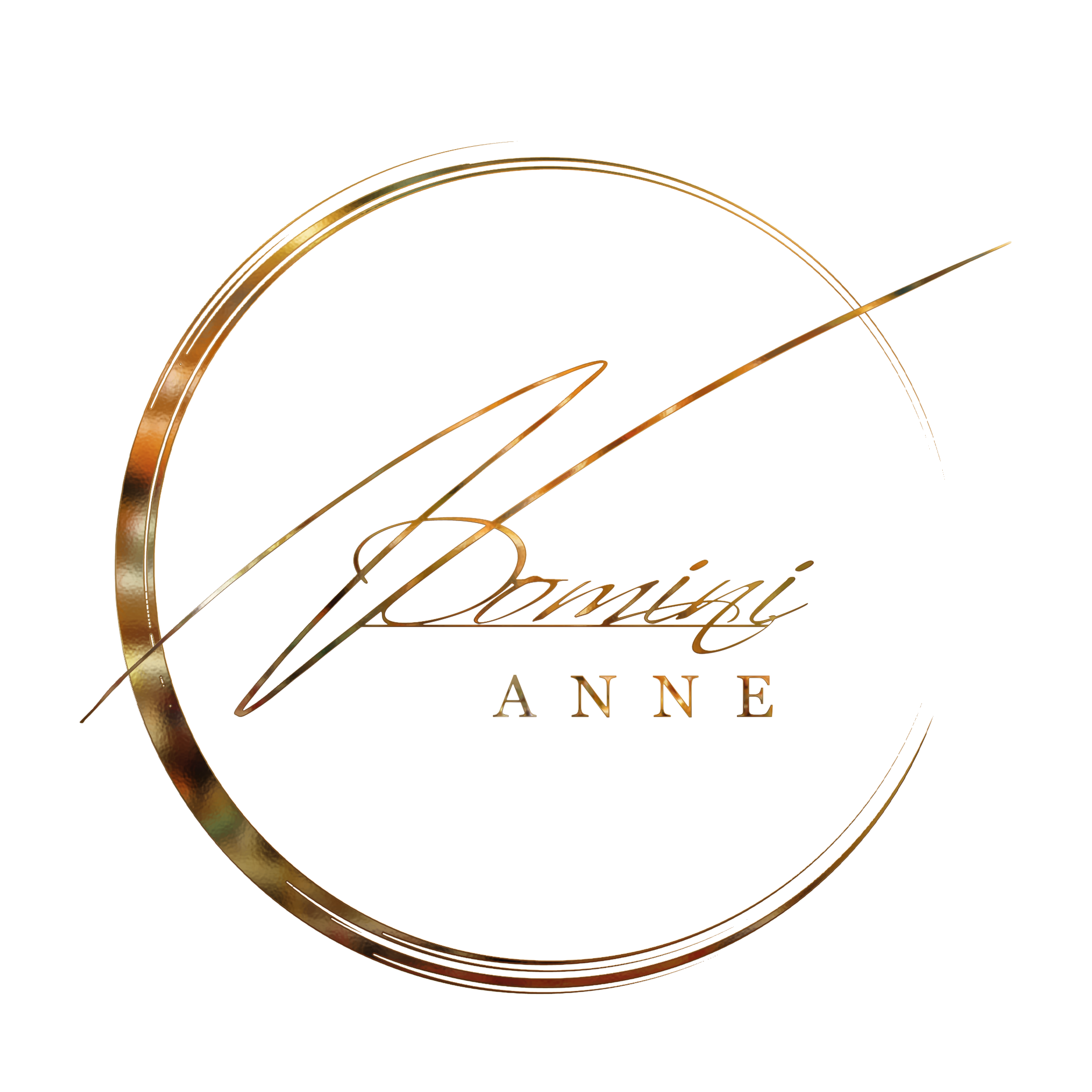Balls to the Wall
Continuing on our journey in and around the body, we arrive at what's beneath the neck.
Essentially, a whole lot of stuff, and it comes in with a bang.
The lower ring of our macrame chandelier from last week is made up of a number of articulate joints, that both wrap around the ribcage and enter it.
To go directly to the workout, click here.
To begin with, we have the circle of the collarbone (clavicle) around to the shoulderblades (scapulae). The central joint is at the hollow of your collarbone ( the manubrium) where the collarbones join with the sternum. Following the collarbones outward ( feel free to trace them with your finger), we have the shoulder joint ( acromioclavicular) where the clavicle, the humerus ( the upper arm bone) and the scapulae meet. The scapulae do a whole lot of sliding on your back, as they allow for multiple positions of the arm and shoulder, and there are, of course, magnificent layers of muscle that go above, on to, and below the scapulae to allow for these ranges. Underneath these layers lies the spine, attached to these in places, and in others, independent. The spine itself articulates with the ribs, which in turn connect to the sternum in front, which is right back where we started.
At the risk of sticking my neck out, I'm going to put forth the notion that many of the problems we have with areas of our body stem from parts of us getting stuck, and others becoming too loose. The areas with the most range of motion tend to take all the motion, and the stuck parts move as a unit. Over time, this can damage joints, but even in the short term, overuse of certain areas and others remaining frozen can cause some pretty decent discomfort, if not even pain.
The intersections I described above are quite prone to movement deformation. Raising and lowering the arm alone can involve rotations of the arm, the shoulder blade sliding along and up the ribs, and ultimately raising the shoulder, depending on the height. Our " head forward" screen life position can jam out the vertebrae that live atop the shoulder blades, sucking the sternum and clavicle in in front and straining the shoulder blades up in the process. In essence, your macrame lampshade has become a mobile, where the free movement of one area depends on the balance of them all.
To make a case in point, squeeze one shoulder up to your ear. Don't overthink it, we're just restricting motion in one area. Raise and lower the arm on that side, then raise and lower on the side where the shoulder is relaxed. Notice how not only does it feel uncomfortably tight in areas, but also that your arm is forced to move in very different pattern. This can go on in all kinds of places up in the shoulder girdle, especially given that we lean on our arms as well as use them, adjust our head positioning in relation to lighting conditions as well as tasks, or hold children with one arm while cooking with the other.
So this seemed like the perfect opportunity to pull out a classic massage tool that we've all read about somewhere and maybe about 10 % have actually tried. The Tennis Ball/Sock combo.
Because it's one thing to bookmark a nifty idea in a "10 ways to help your back this summer" Huffington Post article, and a totally different thing to have an instructional video delivered to you with some mildly tongue in cheek comments here and there.
To make this, you'll need two tennis balls, a sock, and a rubber band. Put the two balls in the sock, rubber band together, and, yeah. That's it. You're ready to go.
This week's experience is 10 minutes. Blame all the joints for the extra time. We go through each one of them, releasing the muscles and exploring the various ways they articulate. It's part massage, and part awareness.
Enjoy
As always, I don't live in your body, you do. Additionally, I am not a doctor. Please be mindful in your practice and consult a physician before embarking on any exercise program.

